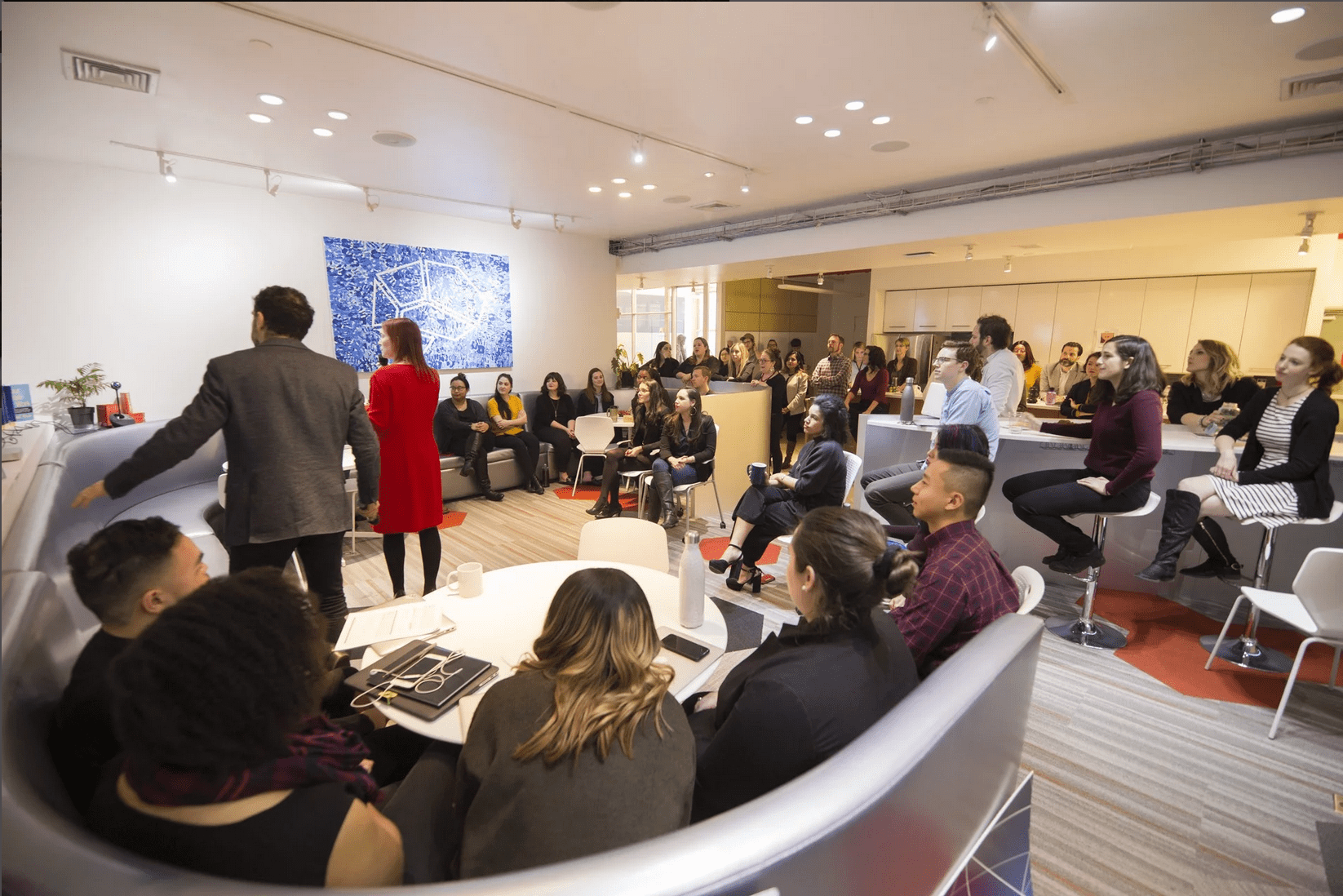In the Season 4 premiere, our panel of experts discuss the forces of change that swept organizations in 2020, and how we can channel the momentum they unleashed into creating more human organizations in 2021. NLI’s co-founder and CEO, Dr. David Rock is joined by Director of Industry Research, Andrea Derler and Senior Vice President of Corporate Solutions, Marshall Bergmann. Together, they explore the challenges and opportunities that lie ahead and the directions organizations can (and should) go in.

AI
Is AI Costing Us the “Stuff of Thought”?
The rise of AI agents found in all corners of the workplace, including high-stakes conversations – where bots can sometimes represent as many as half the expected group – is





